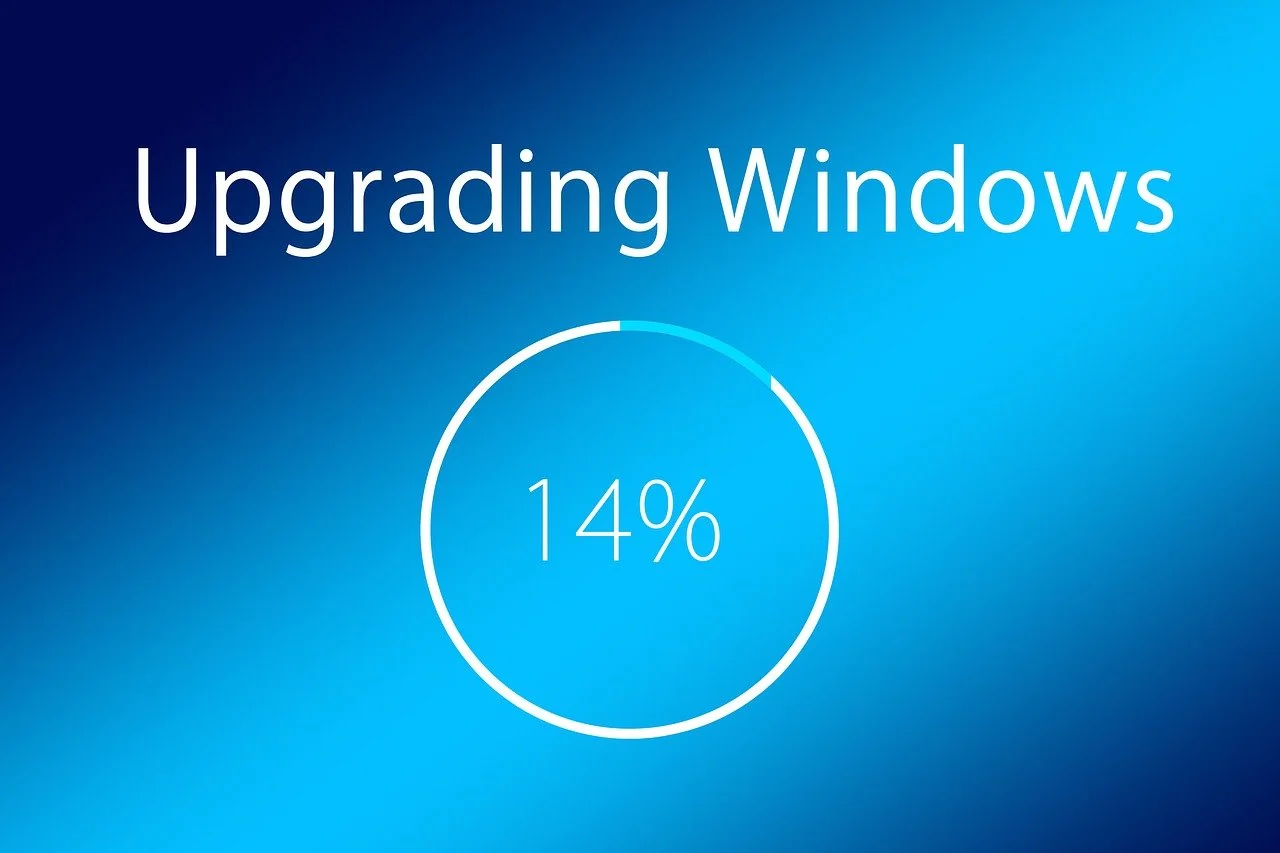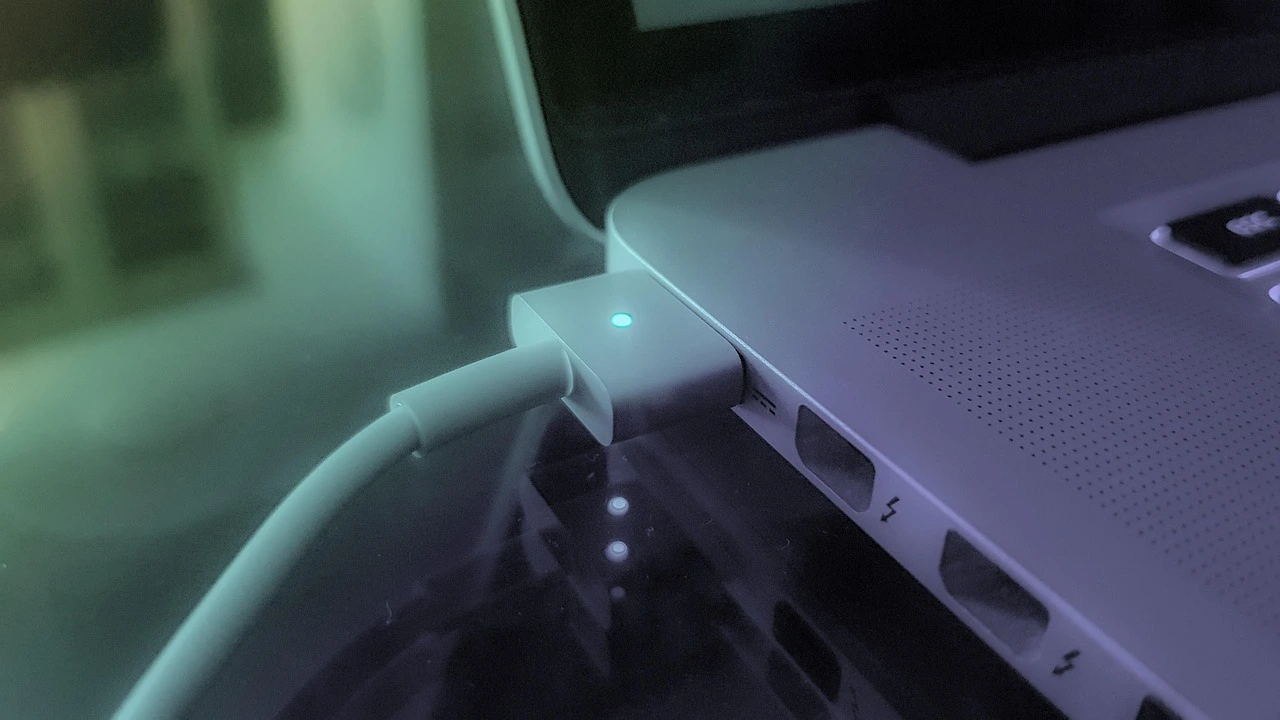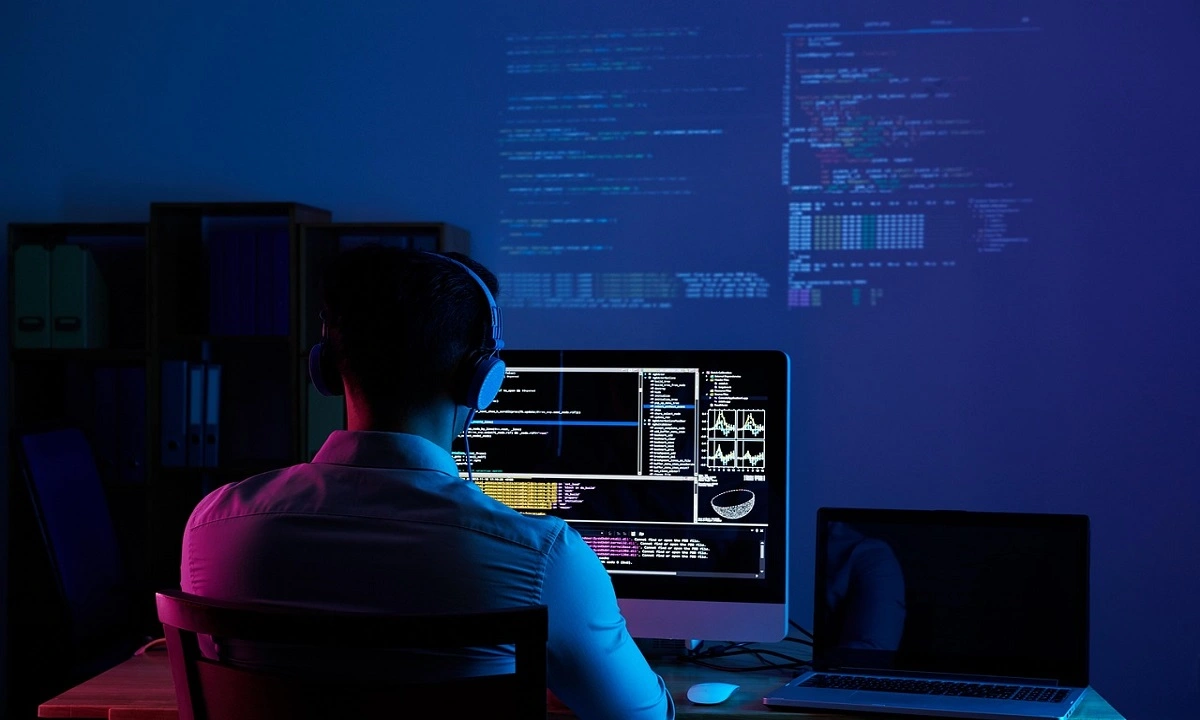How To Scan Your Device For Malware In Windows 11 & Windows 10
Malware poses a serious threat to Windows computers. Every day, millions of devices get infected with harmful software. These threats can steal your data, slow down your system, and cause major problems.
Windows 11 and Windows 10 users face constant cyber threats. Viruses, ransomware, and spyware target these popular operating systems. Your personal files, passwords, and banking details are at risk. Regular malware scans help protect your computer from these dangers. When you scan your computer for malware, you create a shield against digital attacks.
Many people think their computers are safe without regular checks. This false sense of security can be costly. Hackers use new methods every day to bypass basic protections.
Running regular malware scans on your Windows system is crucial for keeping it secure. A quick scan can help you avoid significant inconvenience and potential financial risks.
Part 1: What is the Need for Running the Malware Scan on Windows

Every day, modern Windows systems encounter thousands of new threats. Cybercriminals design malware specifically for Windows 11 and Windows 10, and your antivirus may not always detect emerging threats. That’s why regular malware scans are crucial—they help uncover risks that bypass basic security measures.
Without routine scans, malware can embed itself deep within your system. Some malicious programs operate silently, stealing your data without any noticeable symptoms.
By scanning your computer regularly, you can detect these hidden threats early, preventing severe damage to your files and personal privacy.
Part 2: Benefits of Scanning Device for Malware on Windows
Regular malware scanning provides essential protection for your Windows computer. When you scan your computer for malware consistently, you gain multiple advantages that keep your system safe and running smoothly.
- Protects Personal Data: Regular scans prevent hackers from stealing your passwords, photos, and documents when you run a malware scan on Windows.
- Improves System Speed: Removing malware helps your computer run faster and smoother after you scan your device for malware Windows.
- Prevents System Crashes: Malware scans stop harmful programs from corrupting your Windows files and causing blue screen errors.
- Saves Money: Early detection through scans prevents costly repairs and data recovery when you check computer for malware regularly.
- Blocks Identity Theft: Scanning removes keyloggers and spyware that steal your login credentials and banking information.
- Maintains Privacy: Regular scans stop malware from accessing your webcam, microphone, and personal files without permission.
- Preserves System Stability: Consistent scanning prevents malware from damaging Windows registry and system files.
- Reduces Spam and Pop-ups: Scanning removes adware that floods your browser with unwanted advertisements and redirects.
Part 3: Precautions to Take When Scanning Device for Malware

Taking proper precautions before you scan your device for malware Windows ensures effective results. These safety measures help you run a malware scan on Windows without causing system problems or missing threats.
- Close All Programs: Shut down unnecessary applications before you scan your computer for malware to avoid scanning conflicts.
- Update Your Scanner: Ensure your antivirus has the latest definitions before you check computer for malware for best detection.
- Backup Important Files: Save your crucial data to external storage before running deep scans on your Windows system.
- Disconnect from Internet: Go offline during scans to prevent malware from communicating with remote servers during detection.
- Use Safe Mode: Boot into Safe Mode for thorough scans when you suspect heavy malware infection on Windows.
- Avoid Other Tasks: Don’t use your computer for other activities while scanning to ensure accurate malware detection results.
- Check System Resources: Monitor CPU and memory usage to ensure your Windows system can handle the scanning process effectively.
- Schedule Regular Scans: Set automatic scans during off-hours when you’re not actively using your Windows computer for work.
Part 4: How To Scan Your Device For Malware on Windows 11/10
Windows 11 and Windows 10 offer multiple ways to scan your device for malware Windows systems. You can choose between built-in Windows tools or third-party software, depending on your needs. Certain methods are more effective against specific types of malware threats.
Combining different scanning methods gives you the best protection. When you run a malware scan on Windows using various tools, you catch more threats. Some malware hides from certain scanners but gets detected by others. Regular users should try at least two different methods to check computer for malware effectively.
Method 1: Windows Defender (Built-in Security)
Windows Defender comes pre-installed with every Windows system, providing essential malware protection at no extra cost. It automatically updates and runs quietly in the background, ensuring continuous security while you use your device.
This built-in tool offers dependable defense against threats, scanning your system efficiently to detect and neutralize potential risks. Its seamless operation helps safeguard your files without disrupting your workflow.
Steps:
- Use the Windows search bar. Type and select “Windows Security”. Choose “Virus & threat protection”.

- Click “Quick scan” for a basic check or “Scan options” for more choices. Select “Full scan” to scan your device for malware Windows thoroughly. Click “Scan now”. Wait for the process to complete.

- Review results and follow recommendations to remove threats. Restart your computer.
Method 2: Windows PowerShell Command Line
PowerShell offers advanced scanning options for tech-savvy users. This method helps you run a malware scan on Windows using command-line tools. PowerShell scans can detect threats that GUI tools sometimes miss.
Steps:
- Right-click the Start button. Now select “Windows PowerShell (Admin)”. Type “Get-MpComputerStatus”. Press Enter. Now check Windows Defender status.

- Type “Start-MpScan -ScanType QuickScan” for a quick malware check. Use “Start-MpScan -ScanType FullScan” to scan your computer for malware completely.

- Type “Get-MpThreat” to view any detected threats after scanning. Use “Remove-MpThreat” command to clean found malware.

- Type “Update-MpSignature” to update malware definitions. Close PowerShell when scanning and cleanup are complete
Method 3: Third-Party Antivirus Software
Popular programs like Malwarebytes, Norton, and Bitdefender offer advanced features. These tools help you check computer for malware using specialized detection methods. Many provide better protection than basic Windows tools.
Steps:
- Download trusted antivirus software from the official website only. Install the program and restart your computer when prompted. Open the antivirus program and update malware definitions immediately. Navigate to the scanning section in the main interface.

- Choose “Full System Scan” to scan your device for malware Windows completely. Configure advanced settings to include email, archives, and memory. Start the scan and avoid using other programs during the process. Review scan results and quarantine or delete detected threats. Schedule automatic scans to run weekly when you’re not using the computer
Method 4: Windows Recovery Environment (Advanced)
Boot-time scanning works when regular scans fail to clean stubborn malware. This method runs before Windows starts, catching malware that hides from normal scans. Use this when you suspect a serious infection.
Steps:
- Hold the Shift key while clicking “Restart” from the Start menu. Select “Troubleshoot” from the recovery options screen. Choose “Advanced options”, then select “Startup Settings”. Click “Restart” and press F4 to boot into Safe Mode.

- Open Windows Security and run a full malware scan. Alternatively, use third-party rescue disks for deeper cleaning. Allow the scan to complete without interruption. Remove all detected threats and restart normally. Run another scan after normal boot to verify complete cleanup
Author’s Tip
Many users make the mistake of relying only on real-time protection. While this feature helps, it cannot catch everything. You need to manually scan your device for malware Windows at least once per week. Set a reminder on your calendar to run these scans regularly. This simple habit prevents most malware infections.
Don’t ignore scan results or postpone recommended actions. When your antivirus finds threats, deal with them immediately. Delayed action gives malware more time to spread and cause damage. Always restart your computer after removing malware to ensure complete cleanup. This step completes the removal process and prevents malware from returning.
Keep your scanning software updated at all times. New malware appears every hour, and outdated scanners miss these threats. Enable automatic updates for your antivirus program. When you run a malware scan on Windows with current definitions, you catch the latest threats. Updated scanners provide the best protection for your Windows system.
Conclusion
Regular malware scanning protects your Windows computer from serious threats. Whether you use Windows 11 or Windows 10, scanning prevents data theft and system damage. Make scanning a weekly habit to keep your device safe. When you scan your computer for malware regularly, you avoid costly repairs and privacy breaches.
Don’t wait until problems appear to start scanning. Prevention costs less than recovery in both time and money. Use the built-in Windows Defender or install trusted third-party software. Remember to check computer for malware weekly and update your scanning tools regularly. Your digital safety depends on consistent malware scanning habits.
Frequently Asked Questions
How often should I scan my device for malware Windows?
You should run a malware scan on Windows at least once per week for basic protection. Heavy internet users and businesses should scan daily. Quick scans can run every few days, while full system scans should happen weekly. Set automatic scans during off-hours to maintain consistent protection without interrupting your work.
Can I scan my computer for malware using free tools?
Yes, Windows 11 and Windows 10 include Microsoft Defender for free malware scanning. This built-in tool provides good basic protection for most users. You can also use free versions of programs like Malwarebytes for additional scanning. However, paid antivirus programs offer more features and better protection for business users.
What should I do if I find malware when I check computer for malware?
Immediately quarantine or delete the detected threats as recommended by your scanner. Disconnect from the internet to prevent data theft during cleanup. Restart your computer after removing malware to complete the cleaning process. Change all your passwords after cleanup, especially for banking and email accounts. Consider running a second scan with different software to ensure complete removal.
Popular Post
Recent Post
Resetting Audio Settings on Windows 11: Complete Guide
Sound problems can disrupt work, study, or entertainment. Many users face issues where the audio becomes too low, too loud, unclear, or does not play at all. A common way to solve these problems is by resetting audio settings to their original state. This helps Windows rebuild its sound setup from the beginning. Windows 11 […]
Troubleshooting Headphone Detection: Headphones Not Detected/Working
A lot of users run into sound problems at some point. A common one is when the computer does not pick up the headphones. You plug them in, but the speakers keep playing. This can break your focus during work, movies, music, or calls. It also causes confusion because the reason is not always clear […]
How To Re-Pair Bluetooth Earbuds For Stereo Sound on Windows
Wireless earbuds are often paired with computers for rich stereo sound, but things don’t always go smoothly. Sometimes, the system defaults to mono audio or fails to activate the correct playback mode. This can disrupt music, calls, or gaming, making the sound feel flat and lifeless. These glitches usually stem from improper setup. Windows might […]
How To Manage Camera Permissions for App On Windows: Complete Guide [2026]
Many users run into issues when trying to join video calls or online meetings—their camera simply won’t turn on. This can happen for a few reasons: Windows might be blocking access, or the app may not have the correct permissions. These hiccups often lead to confusion and frustration. Fortunately, Windows provides straightforward tools to help […]
Help With Color Management In Windows: Complete Guide [2026]
Color often decides how we experience a picture, a video, a website, or even a simple chart. Many users feel confused when colors look different on each screen. A monitor may show a softer shade while a laptop shows a sharper one. This creates doubt and slows down work. It can also lead to mistakes […]
How To Install Pending Windows Updates Easily On Windows 11
Windows updates keep your computer healthy. They fix problems and improve security. Many people ignore updates because they worry about errors or slow performance. In most cases, the process is simple. You only need to follow a clear routine and give your computer enough time to finish the job. A regular update habit saves you […]
How to Set Up a Secure VPN Connection on Windows In 2026
A VPN helps protect your privacy each time you go online. It hides your real location. It protects your data from unsafe networks. It also keeps your browsing away from unwanted eyes. Many people use it to keep their work safe. Others use it to guard their regular internet use. Windows offers good support for […]
How To Extend Your Battery Life Effectively in Windows
A laptop is useful only when the battery lasts long enough to support your work. When the charge falls too fast, even small tasks feel stressful. You may rush to find a charger. You may feel forced to lower the performance. You may even stop your work in the middle of something important. This can […]
How To Get Help With Notepad in Windows [2026]
Notepad has been part of Windows for many years. And people still use it for quick notes, lists, and simple edits. Its clean layout helps new users, while its small set of tools supports everyday tasks. Yet problems can appear when features behave in unexpected ways or when users try something new, so clear guidance […]
Software Performance Optimization Tips: Complete Guide
Software often slows down over time, turning once-fast programs into frustrating delays. While many assume their device is outdated, the real issue often lies in how the software runs. With a few simple habits and checks, users can restore speed and avoid costly upgrades. This guide offers clear, beginner-friendly software performance optimization tips. It covers […]



















![Help With Color Management In Windows Complete Guide [2026]](https://www.techcommuters.com/wp-content/uploads/2025/12/Help-With-Color-Management-In-Windows-Complete-Guide.webp)






